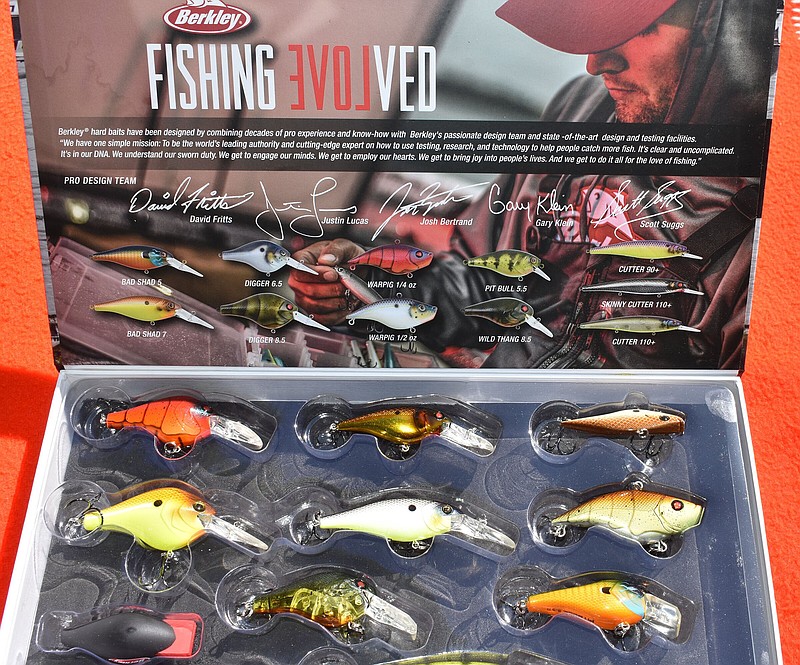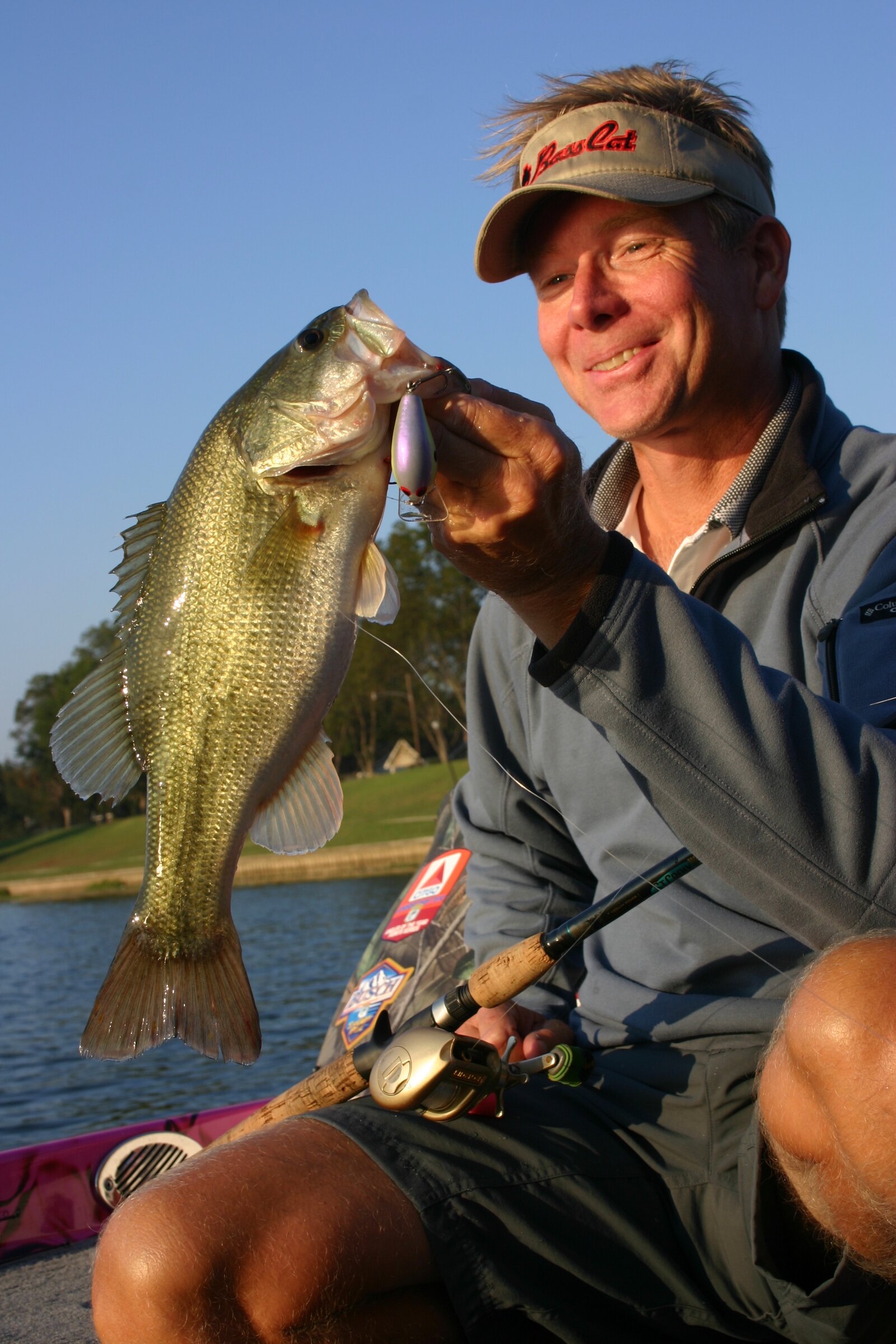In simplest form, using a crankbait is the easiest lure to use for bass fishing.
Throw it. Retrieve it.
Consistently catching bass with crankbaits requires more nuance. If a crankbait hits something underwater, for example, the chances are greater of catching a bass. That "something" is structure, and it is inextricably linked to crankbait fishing.
Structure defined
In fishing terms, structure is any natural or artificial feature that defines a submerged area.
Hard horizontal structure exists in the form of bridges, roadways, culverts, pond banks and residential ruins that were inundated when man-made dams were closed to fill reservoirs. It also takes the form of natural ridges and ledges, wing dams, dikes and boat docks.
Hard vertical structure is humps and rockpiles.
Wood structure can be artificial brushpiles, cypress knees, fallen trees or limbs.
Grass technically is cover, but a grass mat is structure.
Crankbaits are effective for catching bass in all of these environments.
Identifying fish-holding structure is the key to successfully fishing for bass with crankbaits. Electronic graphs help you find structure, but you also need to know how current, wind, water temperature, and light influence the relationship of baitfish and game fish to structure.
Your presentation is the last piece in the puzzle.
Ways and means
Stephen Browning of Hot Springs has qualified for the Bassmaster Classic 10 times and finished in the money 148 times at professional events. Crankbaits are major parts of his arsenal.
Electronics are vital for finding structure like brush piles and grass beds, but Browning said they are also important in determining the distance between the top of the structure and the water surface. This distance tells Browning what kind of crankbait to use.
"In May, a grassbed or brushpile might be 12 feet to the bottom, but the top is 3 feet below the surface," Browning said. "That's going to tell me what style crankbait I need and how deep it needs to dive."
Ideally, a crankbait should strike near the top of brush or grass. Browning wants a crankbait that dives about one foot deeper than the top of the structure.
"I don't want one that's going to dive 3 feet deeper than the top of the cover or structure because you're going to stay hung up, and your bait is not going to be near as effective because it's going into the meat of the cover," Browning said.
If a crankbait hits about a foot low, it will deflect off the cover instead of plowing down into it, Browning added. That applies for fishing rocks and grass.
Fishing grass with crankbaits can be frustrating. You must bring it through the top of the grass, which increases the likelihood of fouling your hooks. A swift jerking motion minimizes contact with the grass, and it often provokes reaction strikes from bass hiding in the grass.
Modern sonar simplifies the task of finding and interpreting structure. Dustin Connell and Justin Hamner, recent winners of the Redcrest Bass Fishing Championship and the Bassmaster Classic, respectively, tune their units so fine that they can identify the species of fish on the display.
Bass in May and June are generally in a post-spawn phase in Arkansas. The post-spawn phase is difficult to fish because bass are recovering from their reproductive rigors, and they are not aggressive. To get their attention, your presentation must be subtle.
"Fish are not feeding aggressively, but they will feed," Browning said. "I want to use a crankbait with a tighter wobble."
"Thinner profile bills on a deep diver will produce a tighter wobble more so than a wider bill," Browning added. "The wider bill might get your bait deeper, but you have to decide whether you want that bait to tick the top of a structure or deflect off it."
Deflecting is the best way to provoke reaction strikes from lethargic fish, but it might take several casts to get a bite.
Weather influences fish behavior, too. Besides knowing the weather when you are fishing, you also need to know what the weather was doing two and three days before.
"Fish are not going feed the same every day," Browning said. "If a low pressure system is rolling in, I'm going to use more aggressive baits. If the best day was two days ago, I'm going to a subtle style crankbait."
Assessing wind and current are also vital to cranking structure. That can be tricky on man-made reservoirs because current depends on whether water is flowing through a dam, and at what volume. Current can push fish onto some structure, but it can also pull them off other structure. It also determines where fish relate to structure because bass typically face into the current to ambush prey.
On natural lakes that don't have dams, wind generates current. It's more subtle, but it has the same influence on how bass relate to structure.
"For this style of fishing, current is more important for deeper fishing," Browning said. "Wind won't produce as much current down deep as it will up high. If I don't have much current flowing through the system, utilizing the wind will play a big key."
Because wind creates current, you always want to face the wind and cast into the wind. That's also important for boat positioning, which is essential to cranking structure.
"I want to keep my boat at a specific spot or area away from the brushpile," Browning said. "I don't want the wind blowing me on top of it. If I do catch one, I might be able catch three or four."

